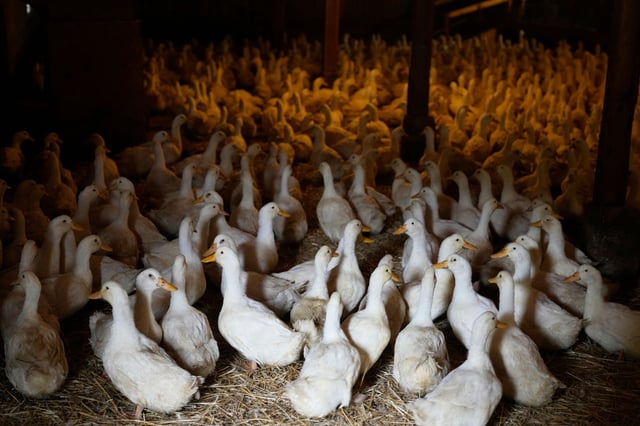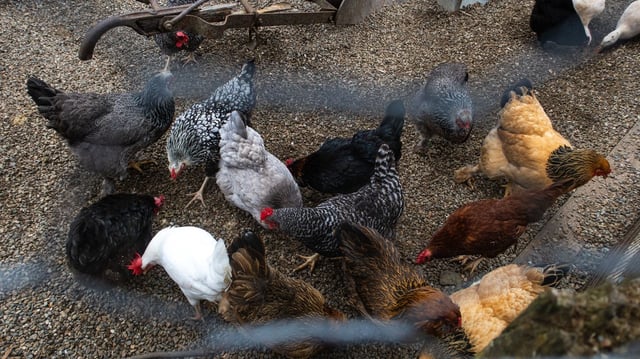Overview
- The CDC deactivated its H5N1 emergency response on July 2 after animal infections declined and no human cases have been reported since February 2025.
- Surveillance, readiness and response for influenza, including H5N1, will continue under the CDC’s influenza division and partner agency programs.
- Future H5N1 updates will be folded into monthly seasonal influenza reports, simplifying public health communications.
- Animal infection detections will no longer appear on the CDC website and will instead be published on the USDA’s platform.
- Former CDC deputy director Dr. Nirav Shah says the emergency apparatus can be reactivated within hours, but experts warn that scaling back could delay detection of dangerous viral changes.



